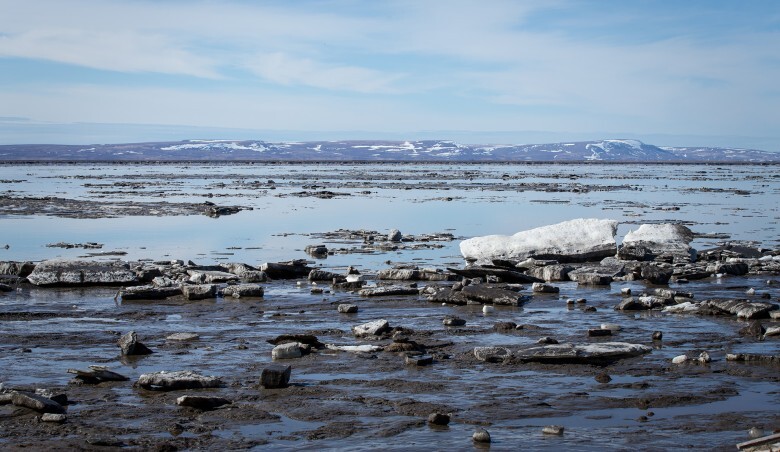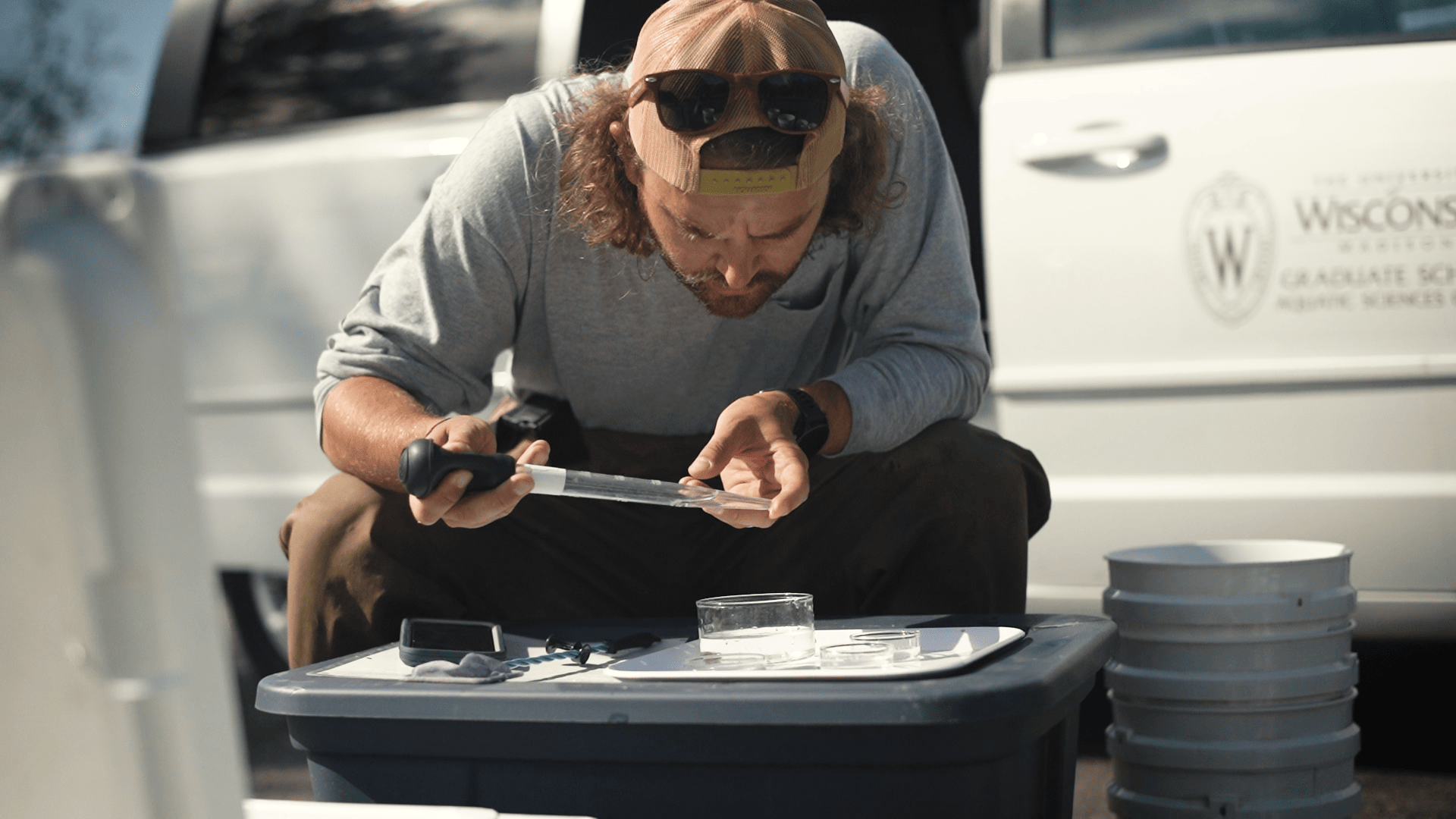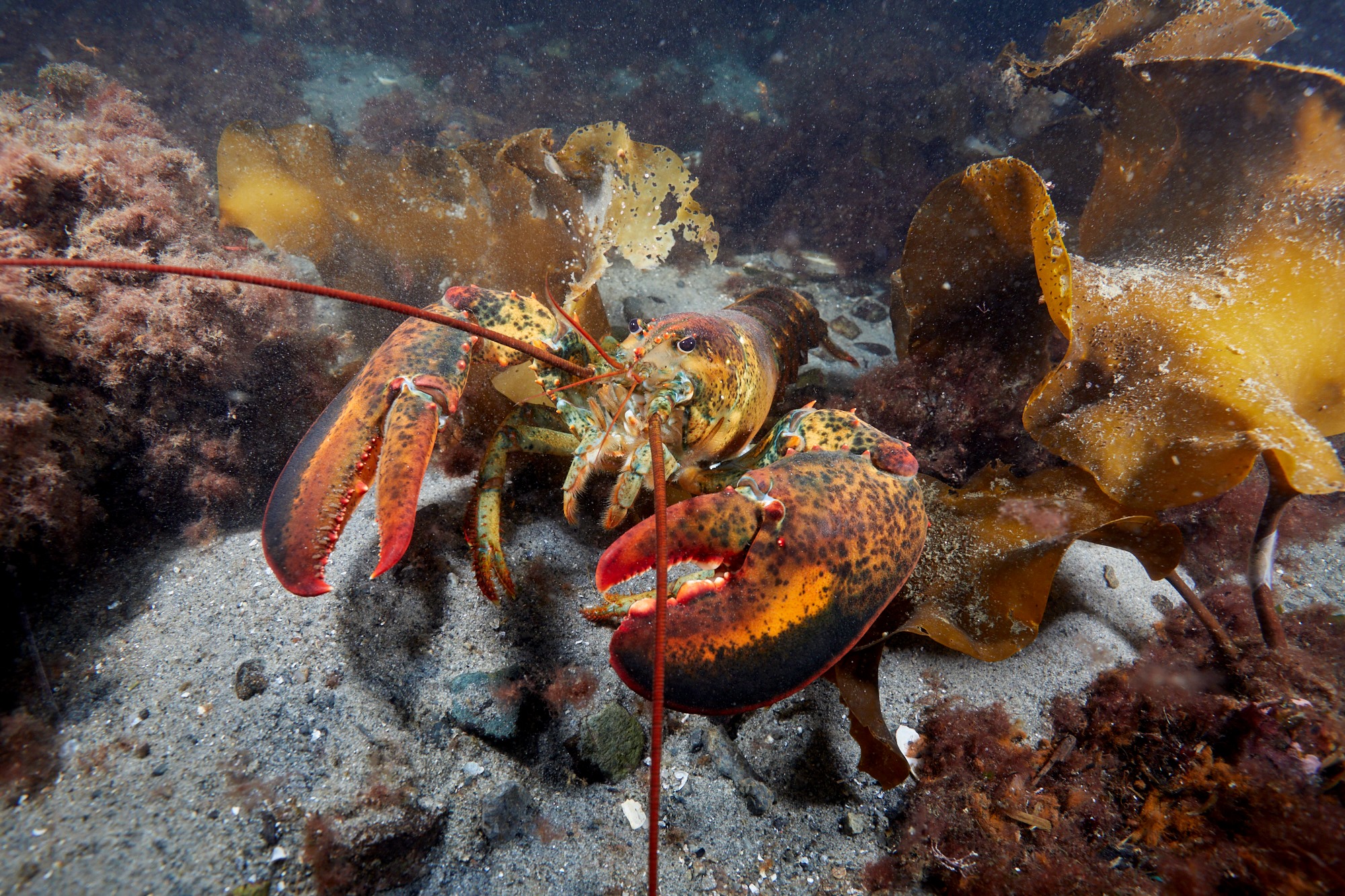North Carolina Sea Grant develops varied techniques and technologies that address water quality issues
By Rhett Register, North Carolina Sea Grant
With its 17 river basins, nearly 38,000 miles of rivers and streams, and more than 3,000 square miles of estuaries, North Carolina offers challenges for preserving and enhancing water quality.
North Carolina Sea Grant develops varied techniques and technologies that address water quality issues. Research teams study the ability of restored wetlands to control runoff, test new sensor technology to monitor water quality in tidal marshes, and verify that fish ear bones, known as otoliths, can identify early-life habitats of fish.
Mike Burchell has reduced agricultural runoff to Albemarle Sound, part of the second largest estuary system in the lower 48 states and an area vital to N.C. fisheries. An agricultural engineer with NC State University, Burchell’s work with the U.S. Department of Agriculture (USDA), the N.C. Coastal Federation, area farmers and North Carolina Sea Grant has shown how wetlands he helps restore remove fertilizer in stormwater flowing from area farms toward shellfish habitat.
Stormwater in the project area historically flowed northward into what is now the Alligator River National Wildlife Refuge. Partner farmers opted to participate in a USDA program that funds wetland restoration, a move that would reduce, with Burchell’s help, the amount of runoff to the sound.
But Scott Lanier, deputy manager of the refuge, was concerned that the redirected water could affect the refuge’s river and lakes. “We deal with invasive plant species control. Those lakes can be impacted by alligator weed. We didn’t want to see any other stressors on there that would negatively impact them,” he says.
With funding from Sea Grant and the N.C. Water Resources Research Institute, Burchell addressed Lanier’s concerns using a mesocosm study that recreated wetland conditions in the laboratory. Results showed that a band of restored wetlands between the farm and the refuge would remove pollutants including bacteria, turbidity and fertilizer.
Working with Burchell on another wetlands restoration project, also funded by Sea Grant and WRRI, François Birgand, employs next-generation water-quality sensors to study restored tidal marshes. Birgand and his team at NC State use the sensors to sample water at high frequencies.
Scientists have had the capability to measure the physical properties of water — such as temperature, salinity, pH and flow — at 15-minute intervals for decades. Resource managers need the ability to routinely and cheaply measure respective nutrient concentrations. “The novel sensor package developed by François’ team has solved this problem — greatly increasing our ability to understand the nutrient dynamics in these critically important marsh systems,” says John Fear, deputy director for North Carolina Sea Grant and WRRI.
Water quality differs among waterbodies. Scientists use otoliths as a kind of in-flight data recorder to understand where fish have spent their life. By examining chemicals in the rings of the pebble-like bones and comparing them to chemicals in a waterbody, researchers can determine at what stage in its life a fish traveled from one waterbody to another.
The otolith data is important to fisheries managers seeking to protect and restore key larval rearing areas and other fish habitat. Until now, however, scientists did not know how a waterbody’s chemical signature might change over space and time — and thus how accurate otolith information would be.
With North Carolina Sea Grant funding, Coley Hughes at East Carolina University documented the chemical make-up of eight coastal waterbodies over space and time. After reviewing samples from different depths across long stretches of rivers monthly for three years, Hughes supports the use of otoliths to answer management questions. Her results may even increase the resolution of otolith data.
Christine Jensen, a biologist in the Habitat and Enhancement Section of the N.C. Division of Marine Fisheries, speculates that managers could use the data to identify tributaries — and the parts of these systems, such as upstream or downstream — that are favored as spawning grounds and nursery areas for important fisheries. “That level of information,” Jensen says, “would provide direction on where we should focus restoration efforts.”
These innovative studies have or will be featured in Coastwatch magazine, ncoastwatch.org. Burchell in Winter 2014, Birgand in Summer 2014 and Hughes in the upcoming Autumn 2014 issue.


